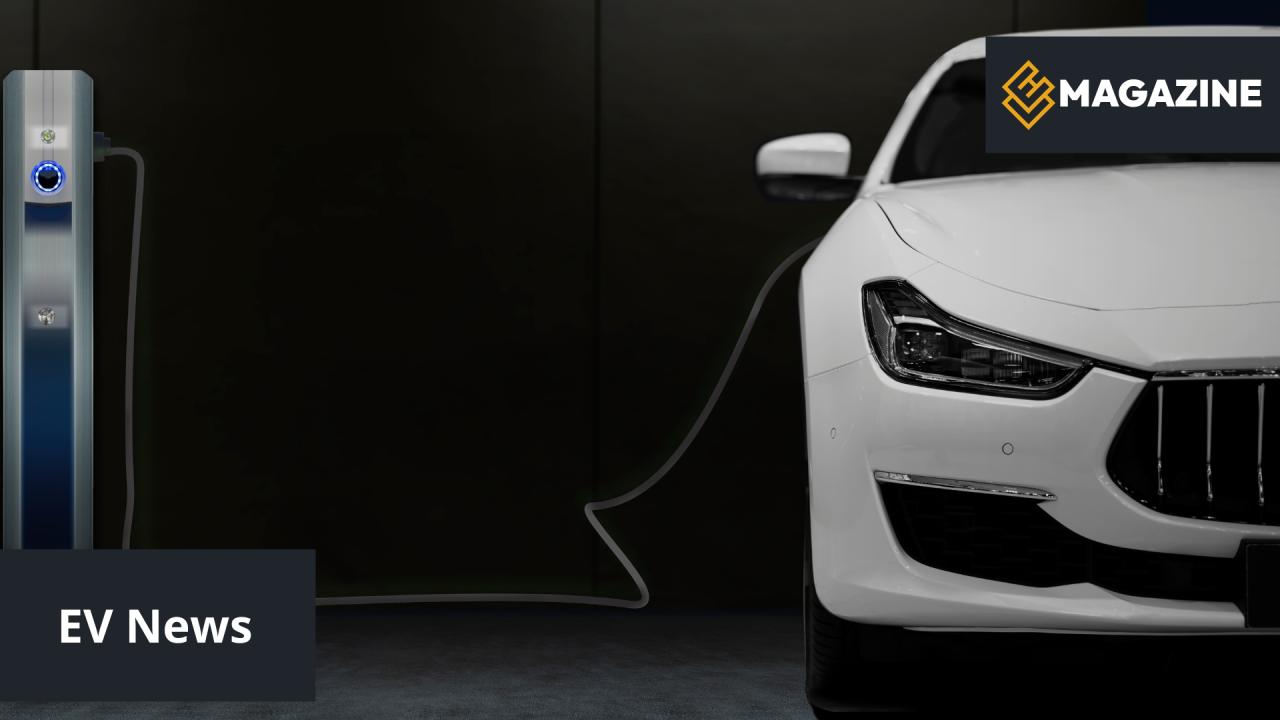Stellantis, a leading global automaker, is working on innovative hardware to enhance the performance of low-power DC fast chargers. This technology aims to maximize the charging capabilities of electric vehicles (EVs) equipped with 800-volt architectures, ensuring efficiency without adding unnecessary weight or complexity. A recent patent filing sheds light on this promising development, which could revolutionize EV charging infrastructure.
Understanding the Need for Optimized Charging
Most existing DC fast chargers operate at 400 volts, which poses a challenge for EVs with 800-volt systems. While these higher-voltage systems offer faster charging and greater efficiency, they cannot fully utilize their potential when plugged into lower-voltage chargers. Stellantis’ proposed solution bridges this gap, potentially enabling EVs like the upcoming Ram 1500 REV to charge more efficiently at non-800-volt stations, such as Tesla's extensive Supercharger network.
The Role of NACS and SAE J3400
In February, Stellantis announced its adoption of the Tesla-based North American Charging Standard (NACS), which has since been recognized as SAE J3400. This charging connector standard is becoming a key component of EV infrastructure, offering compatibility with a wide range of charging networks. By aligning its hardware innovations with this standard, Stellantis is positioning itself to provide a seamless charging experience for EV owners.
How Stellantis' Patent-Proposed System Works
The patent describes a streamlined approach to boosting charging efficiency. Unlike existing DC boost modules, which are costly, heavy, and complex, Stellantis proposes a simpler solution using relay switches and a small DC capacitor. These components work together to convert power during charging:
- Relay switches direct current through the vehicle's inverter and electric motor.
- These components generate two AC phase currents.
- The currents are converted into a higher-power DC current that charges the battery.
This method leverages existing vehicle components, minimizing the need for additional hardware while maximizing charging potential.
Potential Applications and Limitations
While this technology holds great promise, its immediate applicability may be limited to specific models. Stellantis' current STLA platform, which underpins vehicles like the 2024 Dodge Charger Daytona and Jeep Wagoneer S, primarily utilizes 400-volt architectures. However, future models, including the Ram EVs, are confirmed to support 800-volt charging, making them prime candidates for this system.
Streamlining EV Charging Hardware
This innovation aligns with Stellantis' broader goal of simplifying EV design. In 2023, the automaker revealed plans to reduce onboard chargers and inverters, aiming to lower costs and improve reliability. The new hardware concept represents a continuation of this strategy, focusing on making high-performance charging accessible without significant trade-offs.
What This Means for EV Drivers
For EV owners, Stellantis’ hardware could offer faster, more efficient charging at a wider range of stations. This is particularly relevant as the EV market expands and drivers seek flexible, reliable charging solutions. By addressing the limitations of existing infrastructure, Stellantis is helping pave the way for a more accessible and efficient electric future.
As the EV landscape continues to evolve, innovations like this highlight the importance of collaboration between automakers and infrastructure providers. Stellantis' work demonstrates how thoughtful engineering can enhance the EV ownership experience, ensuring that advancements in vehicle technology are matched by improvements in charging infrastructure.
Source: Greencarreports

